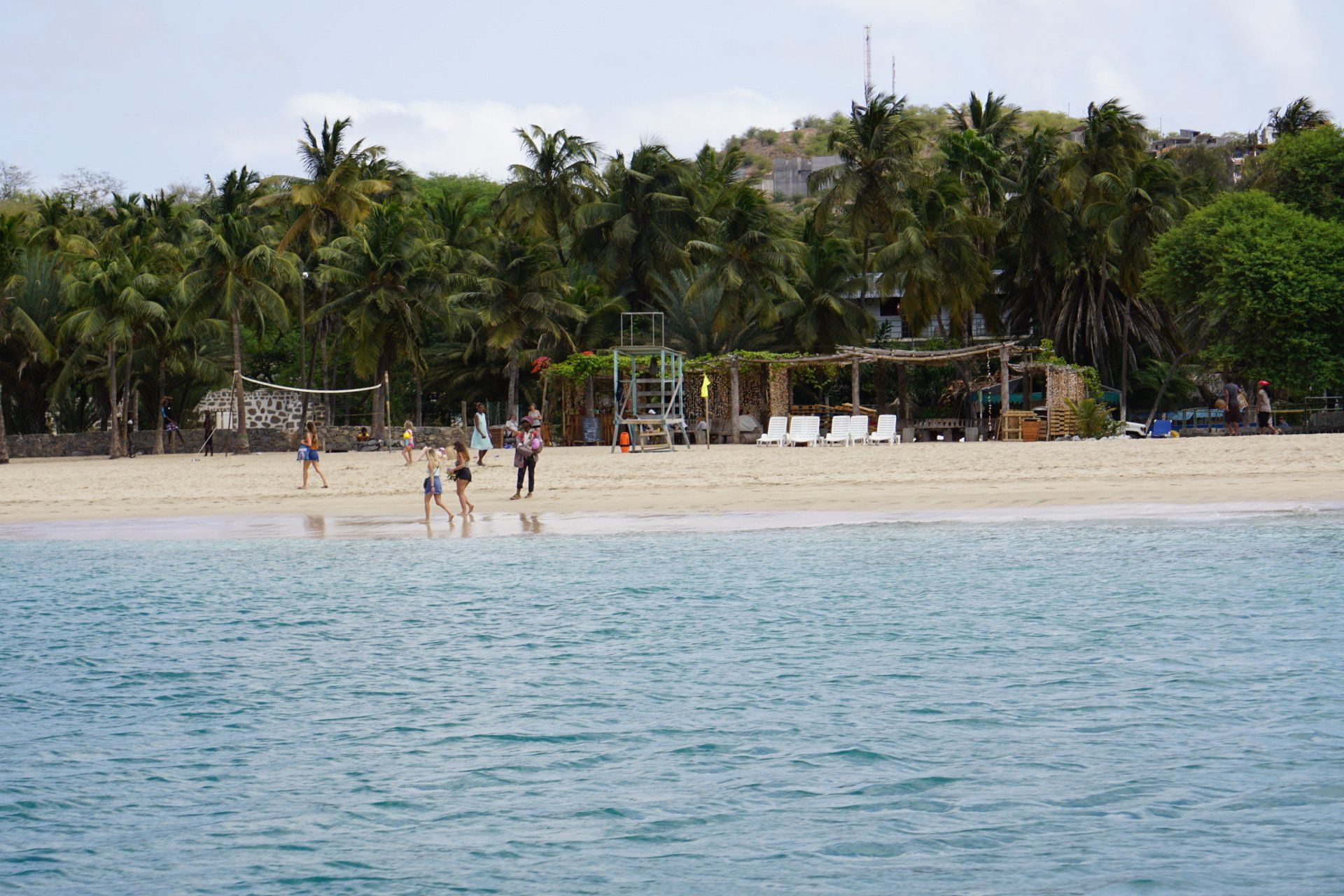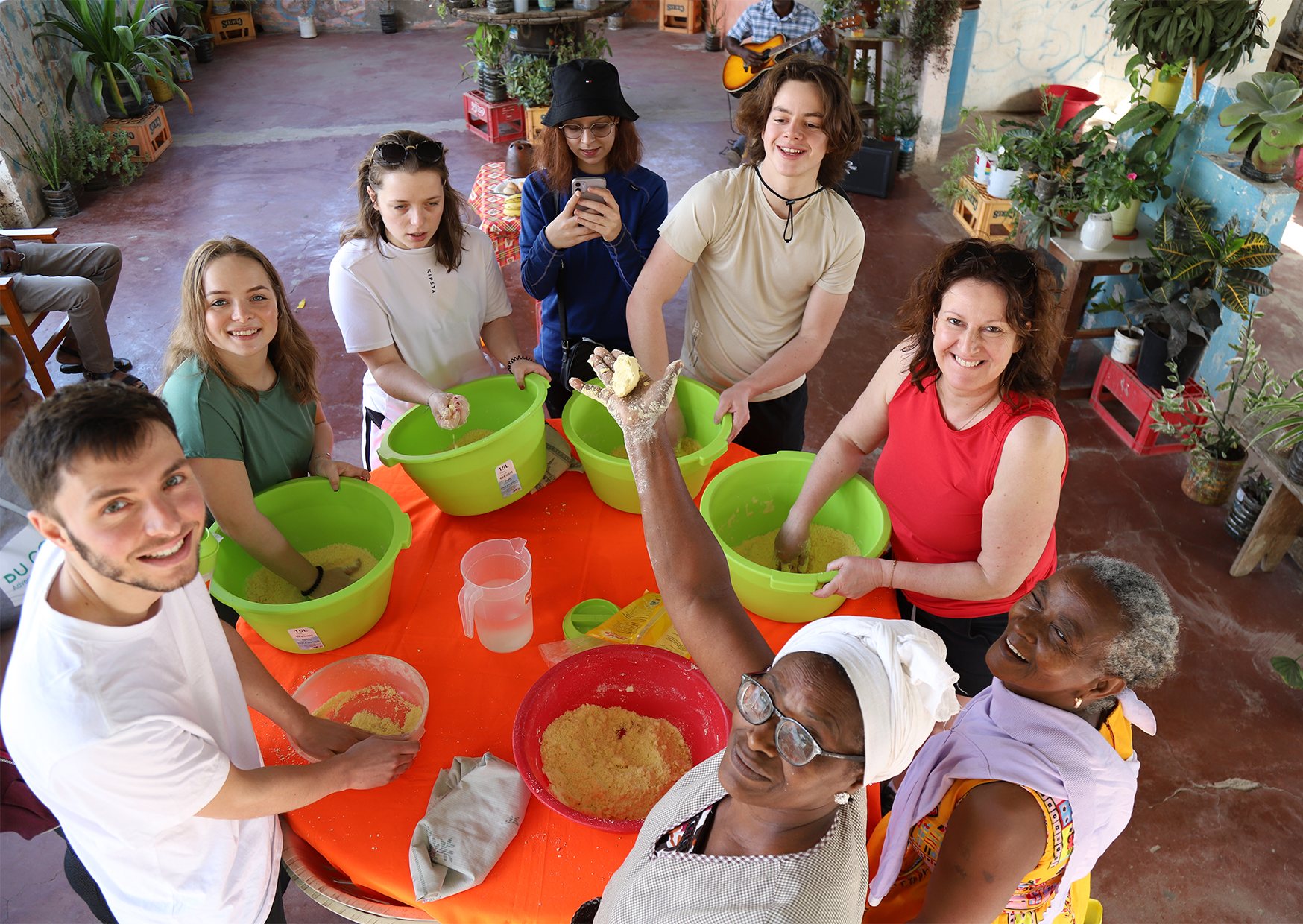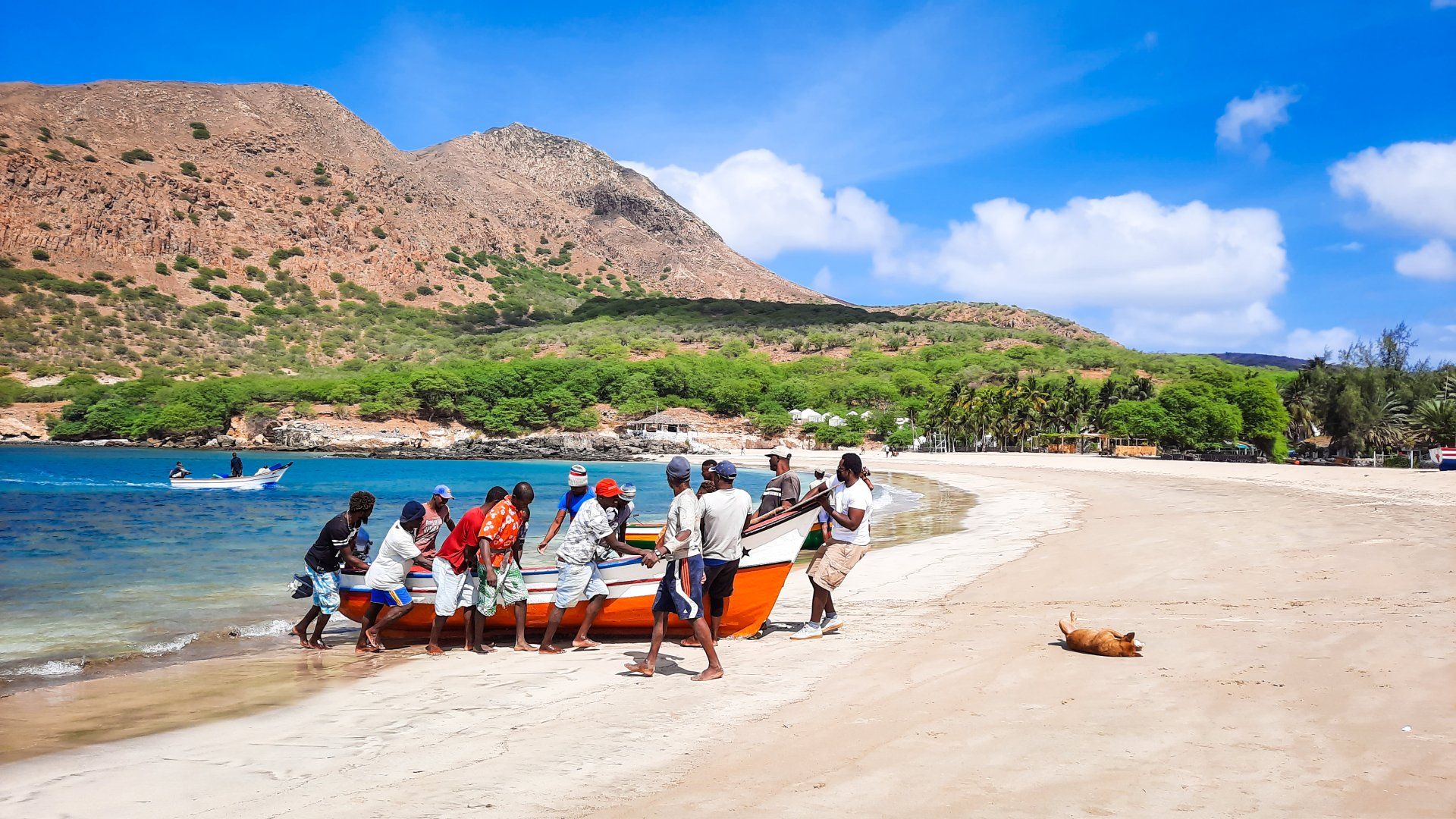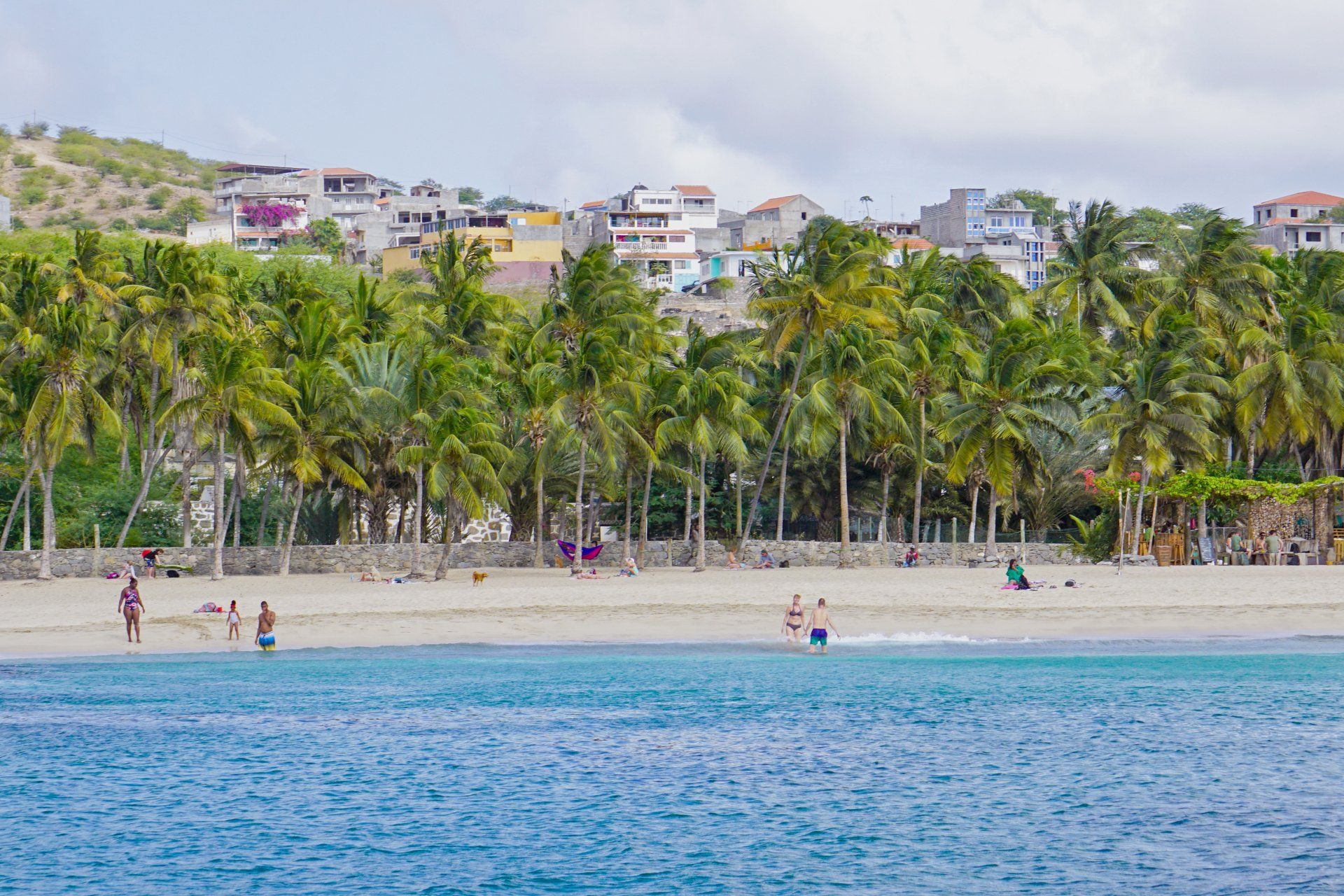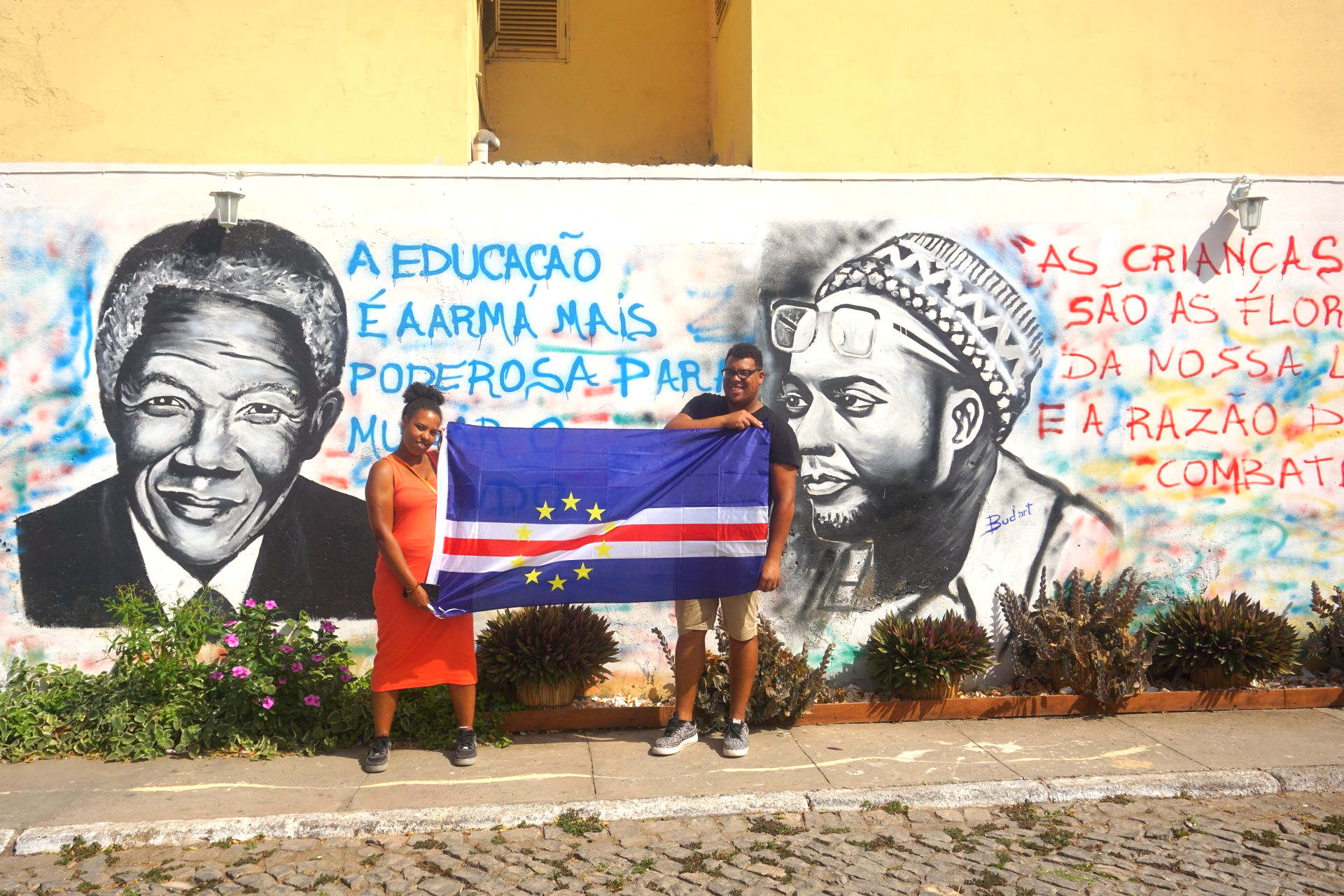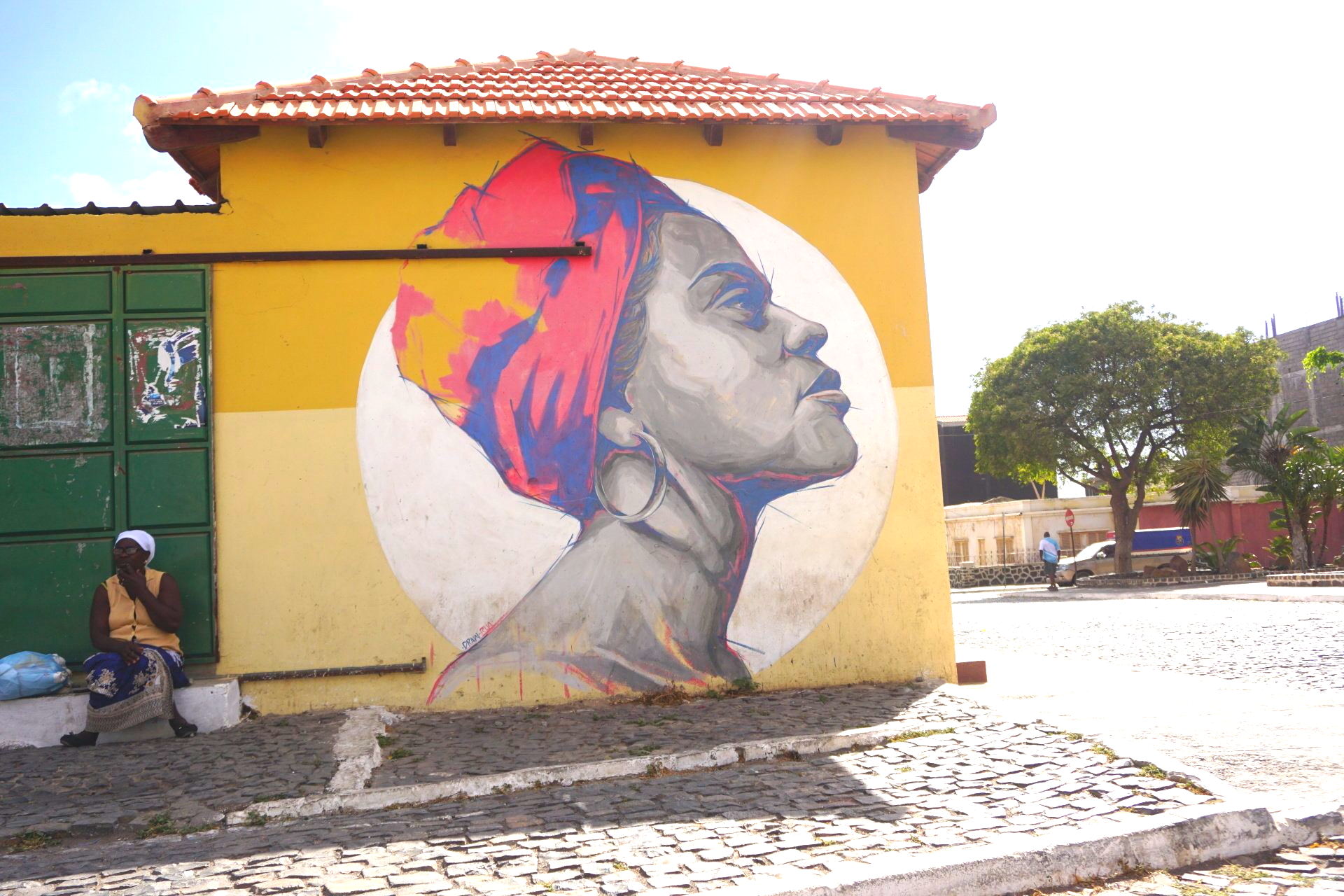
Tarrafal
Top Attractions

Concentration Camp of Tarrafal
Located in Chão Bom, the Tarrafal Concentration Camp was built in 1936, based on decree number 26:539 of April 23rd. The penal colony received its first prisoners on October 29 of the same year, and functioned until 1956. In 1962 it was reopened under the name "Chão Bom Labor Camp", designed to incarcerate anti-colonialists from Angola, Guinea Bissau and Cape Verde. In total more than 500 people were imprisoned, 340 of them antifascists and 230 anticolonialists.
The conditions of survival in the concentration camp were harsh and inhumane. The mistreatment, isolation, and humiliation to which the prisoners were subjected led many to death or left psychological and physical damage. In addition to forced labor, recurring tortures such as the frying pan, the statue, sleep torture, and beatings were inhumane practices within a whole panoply of mistreatment.

Tarrafal Beach
The largest beach on the island of Santiago, Tarrafal Beach is a long sheltered curve of soft sand. Shadowed by the green Monte Graciosa Hill, the beach offers great swimming and sunbathing opportunities and plenty of amenities, making it a good place for family vacations. A popular base for boating and diving tours, this stretch of the coastline sees quite a few whales and dolphins.
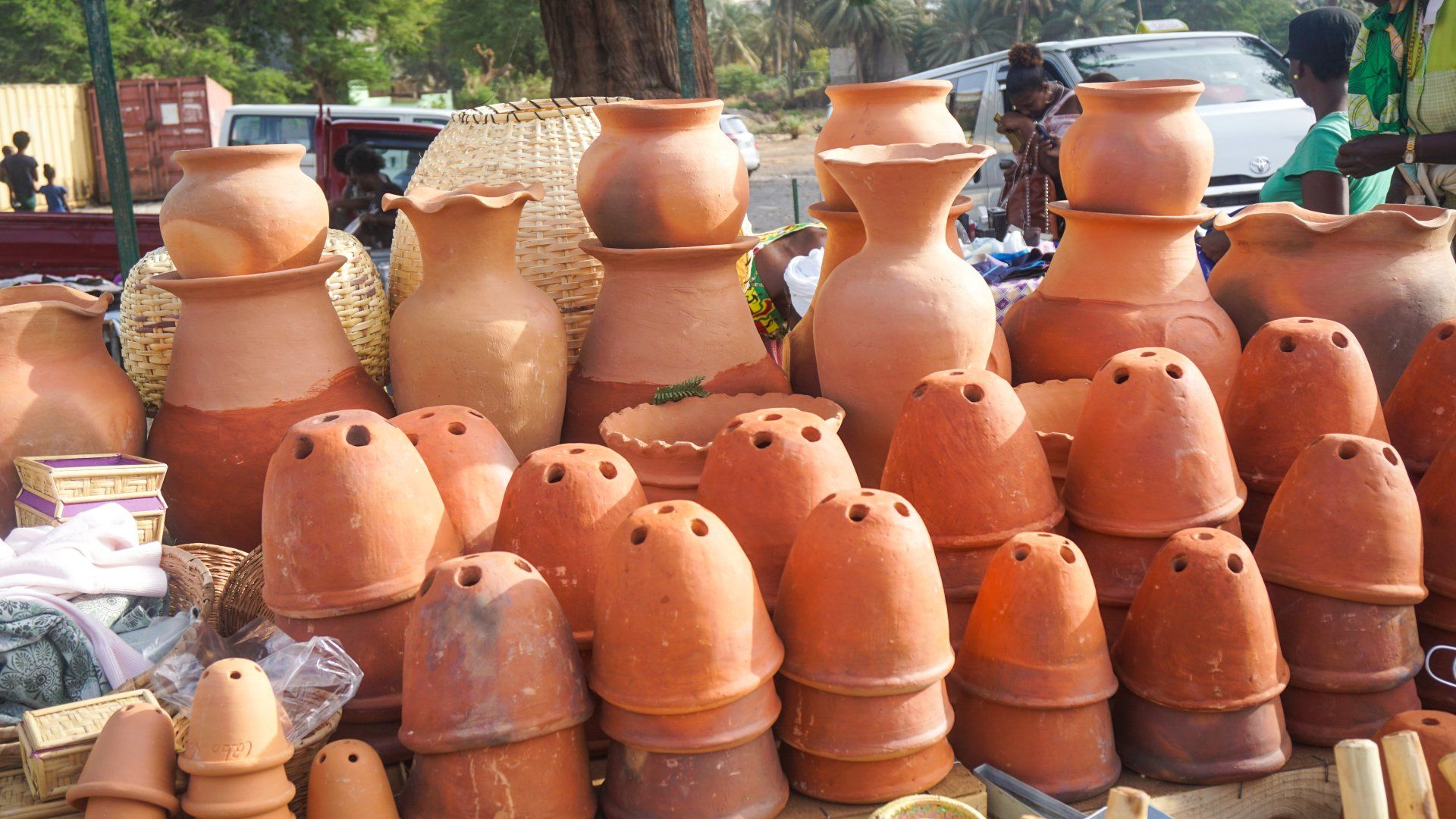
Traz dos Montes
It stands out for the preservation and production of the traditional pottery of this quiet town in Tarrafal. The clay is extracted from the earth and, by the hands of the potters, the work of art is born. Don't miss the opportunity to appreciate the beautiful decorative and household utensils produced there and take the opportunity to buy an original souvenir.

Cuba's natural pool
The natural pool of Cuba, at Ribeira da Prata, in the municipality of Tarrafal de Santiago is probably one of the most spectacular in Cape Verde. And the pool, these days, is in "fashion".
The cows "parked" on one side, high up on the rocks surrounding the pool, watching everything that is going on in the pool, makes the scenery very picturesque. According to the locals, the presence of the cows is due to the fact that they are looking for a place to escape from the flies that bother them, staying up there by the sea.
Cuba's natural pool with transparent water and always renewing, has a brutal scenery and was "discovered" by locals during the pandemic and became the place to escape from city stress and to take some "instagrammable" pictures. The images of the place went viral on social networks, and more and more people are looking for the pool.
Top ways to experience Tarrafal and nearby attractions
-
Tarrafal Secrets:Boat trip to the lighthouse, snorkel and barbecue on the beach
Book NowWriting in paragraphs lets visitors find what they are looking for quickly and easily.
-
Santiago Island Tour: Workshop with Locals & Tarrafal Beach
Book NowWriting in paragraphs lets visitors find what they are looking for quickly and easily.
-
Best of Santiago Island Tour: Cidade Velha, Workshop & Tarrafal Beach
Book NowWriting in paragraphs lets visitors find what they are looking for quickly and easily.

